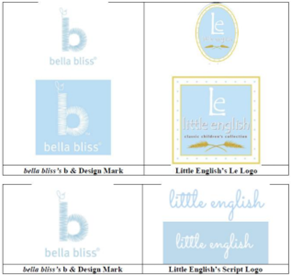In a case of first impression, the US Court of Appeals for the Second Circuit held that there is no “sophisticated plaintiff” exception to the Copyright Act’s discovery rule, which provides that a copyright claim only accrues upon the copyright owner’s discovery of the infringement or when the copyright owner (in the exercise of due diligence) should have discovered the infringement. Michael Grecco Productions, Inc. v. RADesign, Inc., Case No. 23-1078 (2d Cir. Aug. 16, 2024) (Wesley, Chin, Lee, JJ.)
Michael Grecco Productions (MGP) is a photography studio and business owned by commercial photographer Michael Grecco, who presents himself as an industry leader in copyright registration and enforcement. This case arose in the context of Grecco’s January 2017 photos of a model wearing shoes designed by Ruthie Davis. The photos were published in a magazine in August 2017. MGP claimed that Davis republished at least two of these photos on her brand’s website and social media platforms without a license. In its complaint, MGP alleged that Davis’s use of the photos began on August 16, 2017, but that MGP did not discover this infringement until February 8, 2021. On October 12, 2021 (more than four years after the infringement began but less than one year after its discovery), MGP filed suit against Davis alleging copyright infringement. MGP’s complaint also pled facts describing Grecco’s “efforts to educate photographers concerning the benefits of copyright registration” and how Grecco himself “spends time and money to actively search for hard-to-detect infringements, and how he enforces his rights under the Copyright Act.”
Davis moved to dismiss the suit as time-barred, arguing that the complaint was deficient on its face based on the Copyright Act’s three-year limitations period. Purporting to apply the governing “discovery rule,” the district court found that MGP’s “relative sophistication as an experienced litigator in identifying and bringing causes of action for unauthorized uses of Grecco’s copyrighted works leads to the conclusion that it should have discovered, with the exercise of due diligence,” the alleged infringement within the statute’s three-year limitations period. Based on this rationale, the district court granted Davis’s motion to dismiss. MGP appealed.
Reviewing the district court’s ruling de novo, the Second Circuit found that the district court erred as a matter of law in concluding that MGP’s complaint was barred by the three-year limitations period.
The Second Circuit explained that it (and 10 other circuit courts) had already held that in enacting the Copyright Act, Congress intended to employ “the discovery rule” as the measure of when a claim for infringement accrues. Under this rule, a claim for copyright infringement accrues when a diligent plaintiff discovers or should have discovered the infringement. This timing is in contrast to “the injury rule,” under which the claim would accrue when the infringement in-fact occurred. As the Court explained, the discovery rule is not an equitable tolling or estoppel doctrine available to some “worthy” plaintiffs but not others. Rather, it is the rule used to determine when a cognizable claim for copyright [...]
Continue Reading
read more

 Subscribe
Subscribe



